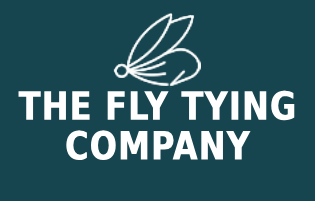Frequently Asked Questions About Fly Tying Hooks
What are fly tying hooks?
Fly tying hooks are specially designed hooks used as the foundation for artificial flies. Their shape, size, and wire gauge determine how the fly performs in the water.
Which fly tying hooks should beginners use?
Beginners often start with size 10–14 hooks. These are easy to handle and versatile enough for many trout patterns, from nymphs to dries.
What’s the difference between dry fly and wet fly hooks?
Dry fly hooks: Lightweight, thin wire, designed to float flies on the surface.
Wet fly & nymph hooks: Heavier, often curved, so flies sink and mimic natural insects underwater.
Are barbless hooks better for fly tying?
Yes. Barbless hooks are kinder to fish and make releasing them easier. Many fisheries now require barbless patterns, making them a popular choice.
How do I choose the right hook size?
It depends on the pattern and target species:
- Small hooks (size 16–22): tiny dry flies & midges.
- Medium hooks (size 10–14): general trout flies.
- Large hooks (size 6–10): streamers & bigger prey imitations.
What do 1X, 2X, and 3X mean on fly tying hooks?
These terms describe shank length and wire thickness compared to a standard hook:
Shank Length
- 1X long – slightly longer than standard.
- 2X long – extended shank, ideal for nymphs or streamers.
- 2X short – shorter shank for compact wet flies.
Wire Thickness
- 1X fine – lighter wire, helps dry flies float.
- 1X heavy – stronger wire for durability, great for nymphs.
- 2X/3X heavy – extra strength for large or aggressive fish.
Example: A Size 12, 2X Long, 1X Heavy Nymph Hook means a size 12 hook with an extended shank and stronger wire, perfect for robust subsurface patterns.
Do you sell fly tying hook assortments?
We don't, hooks tend to be supplied in packs of 25 hooks, whether it dry fly, nymph, and streamer hooks.






